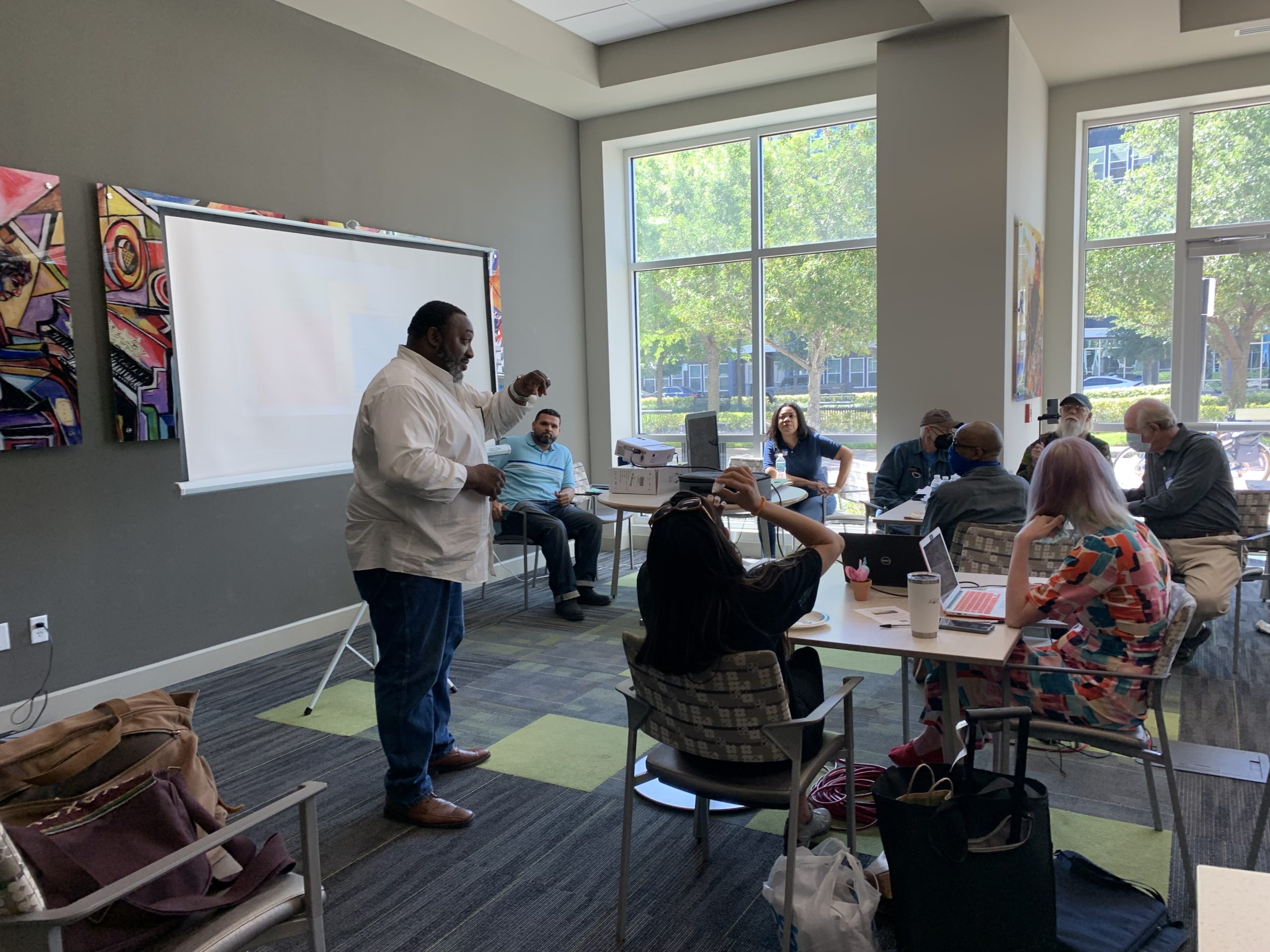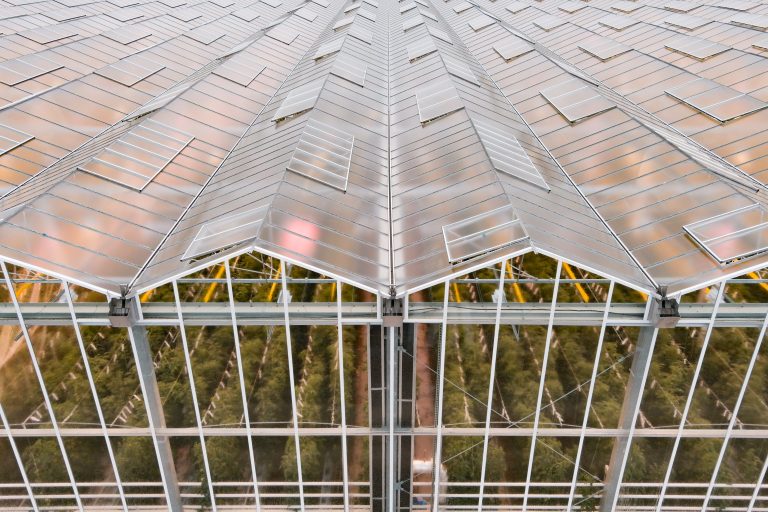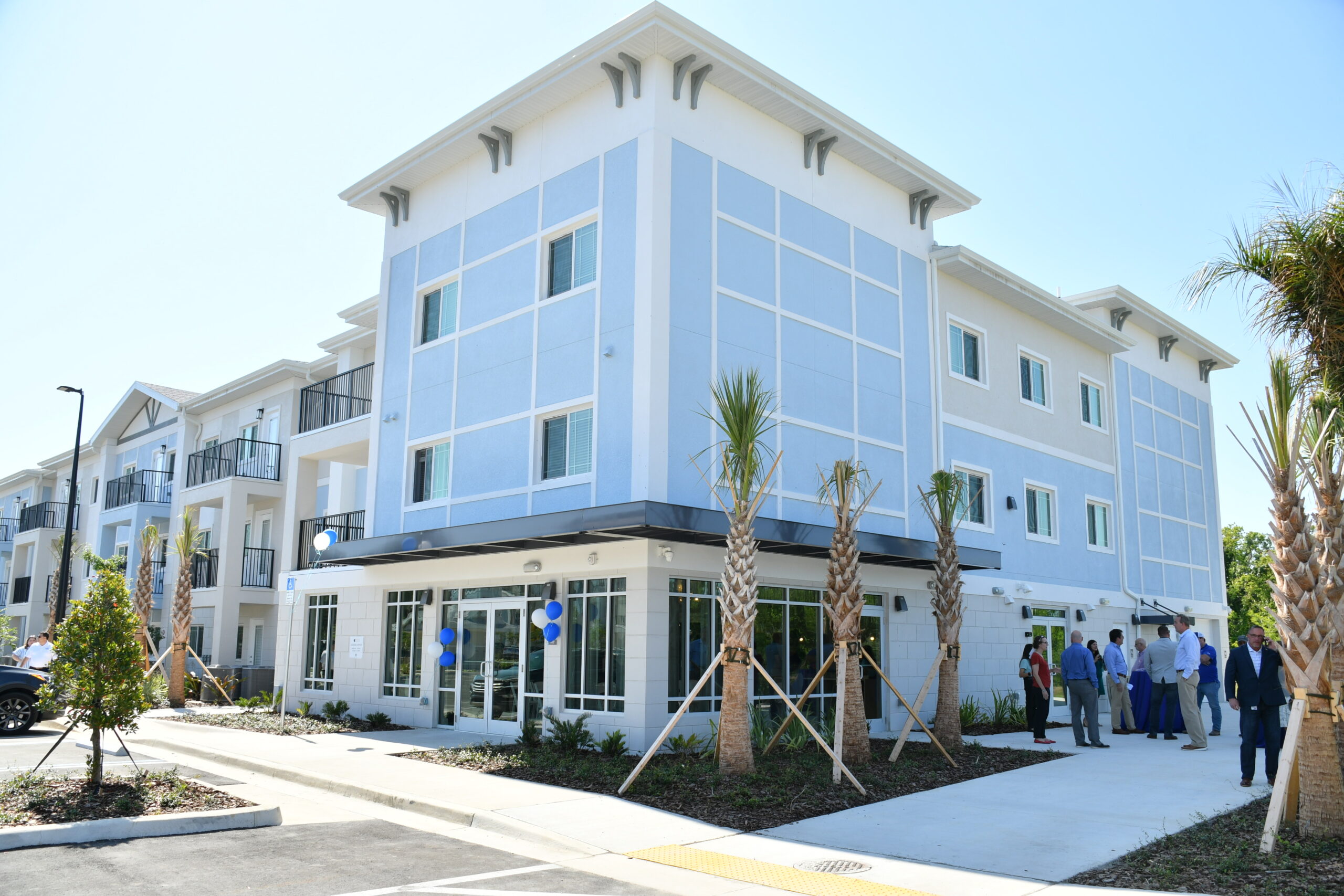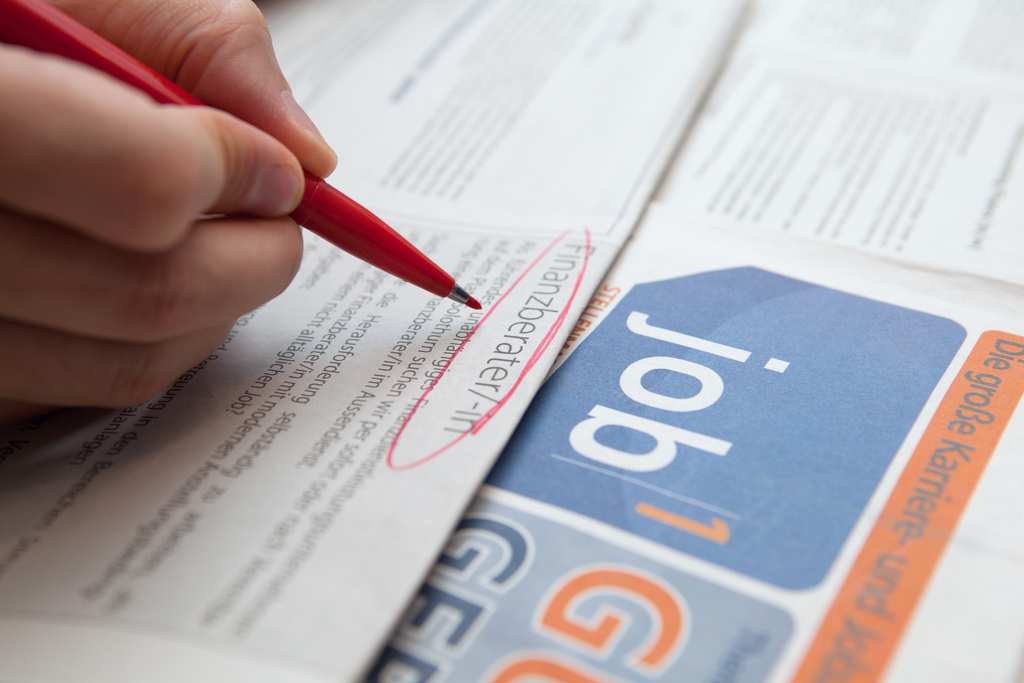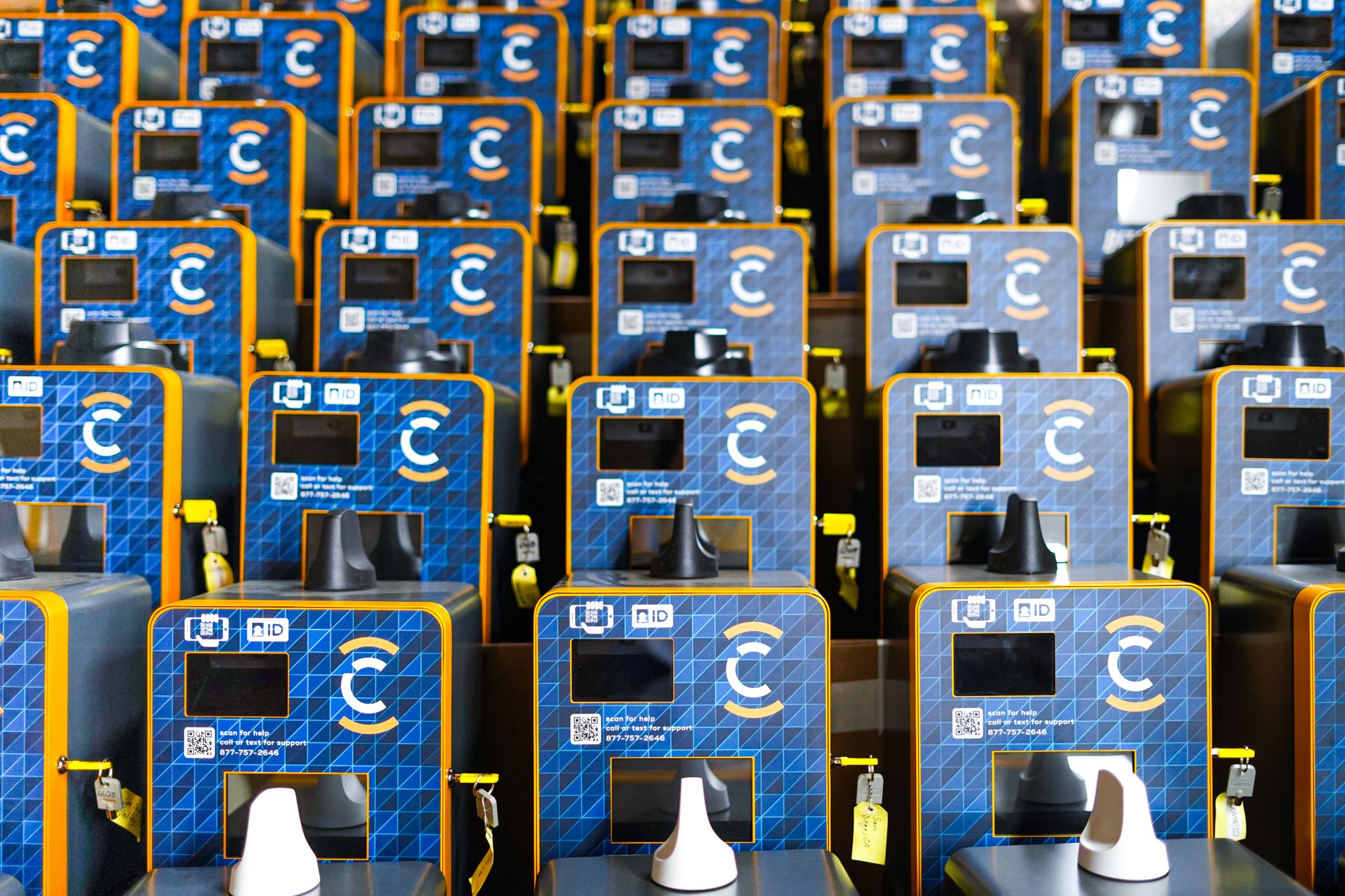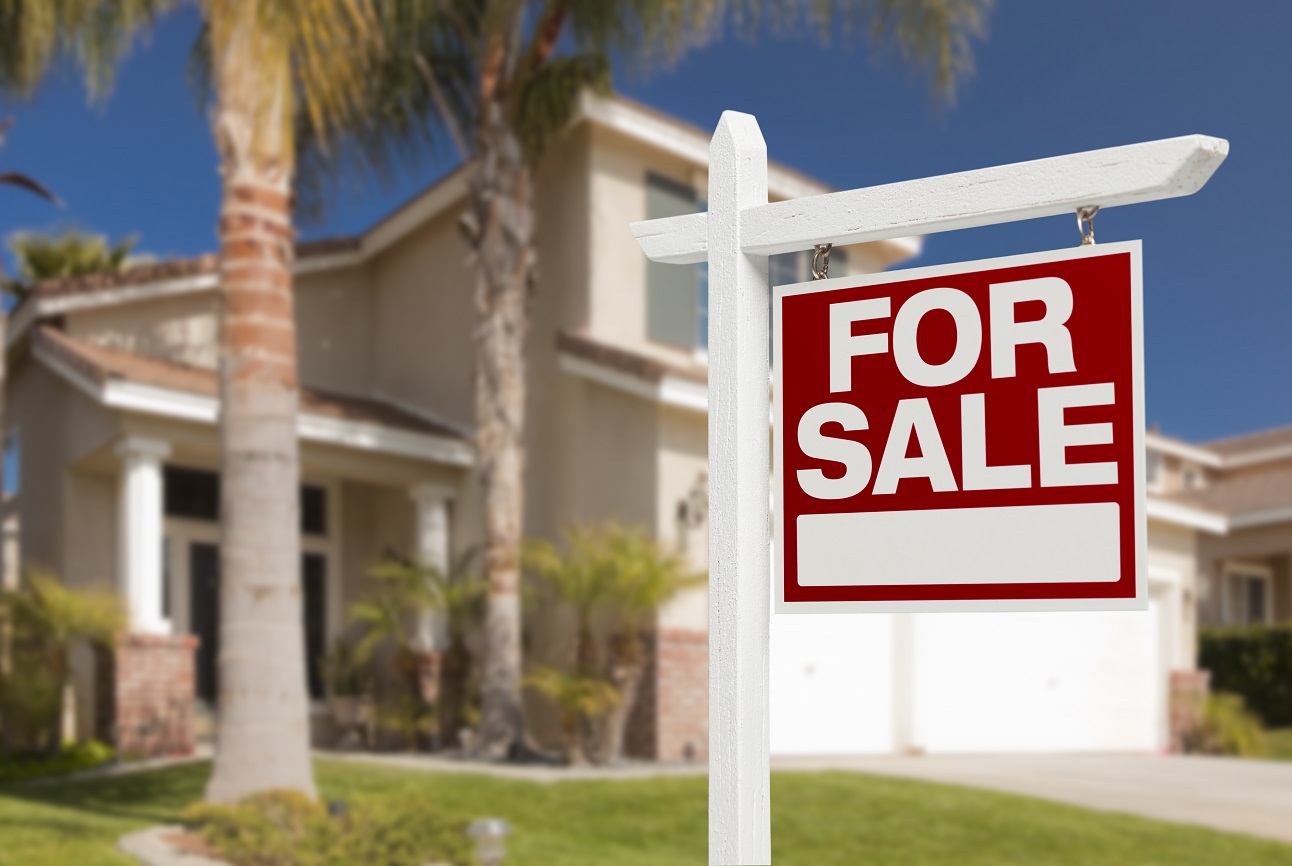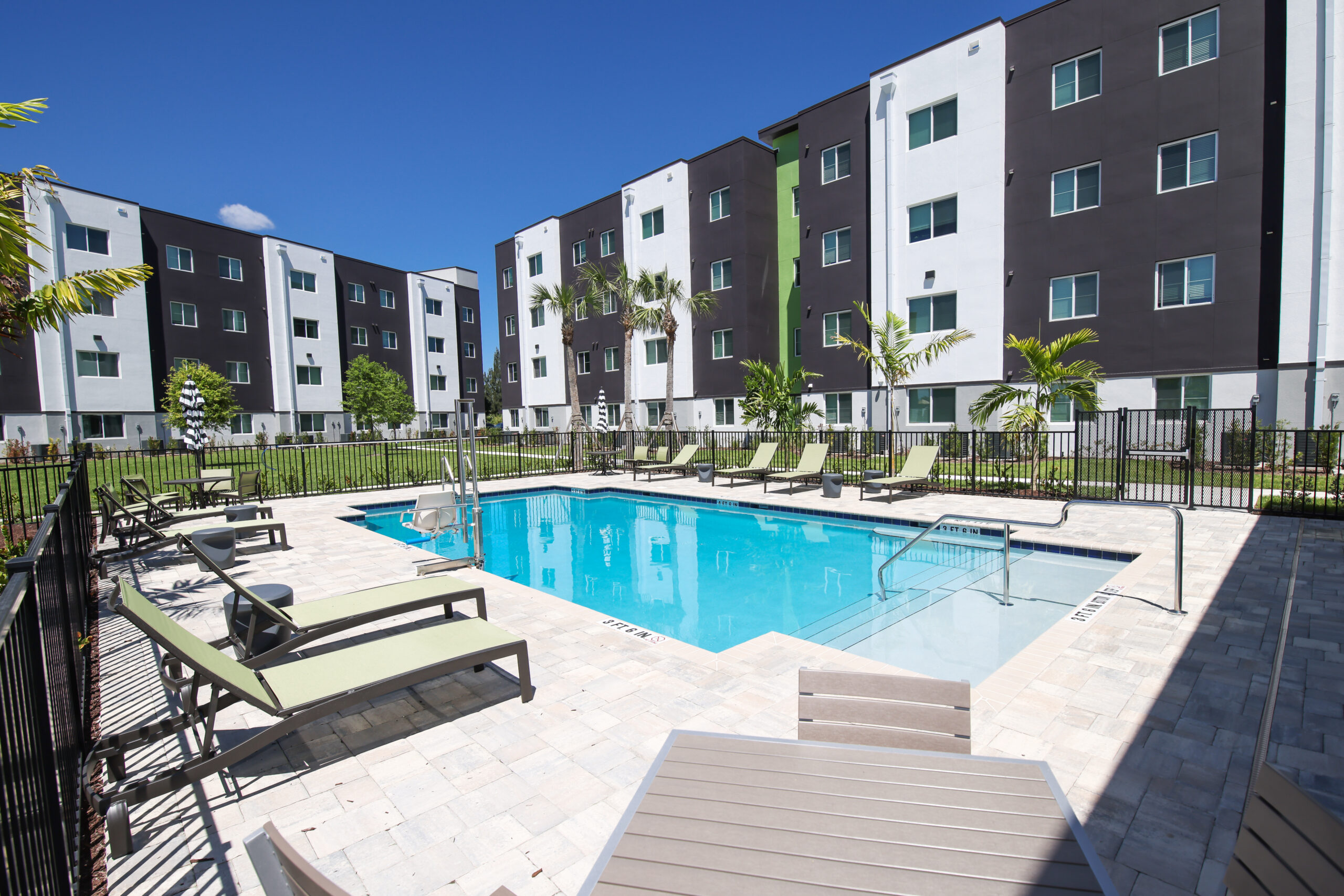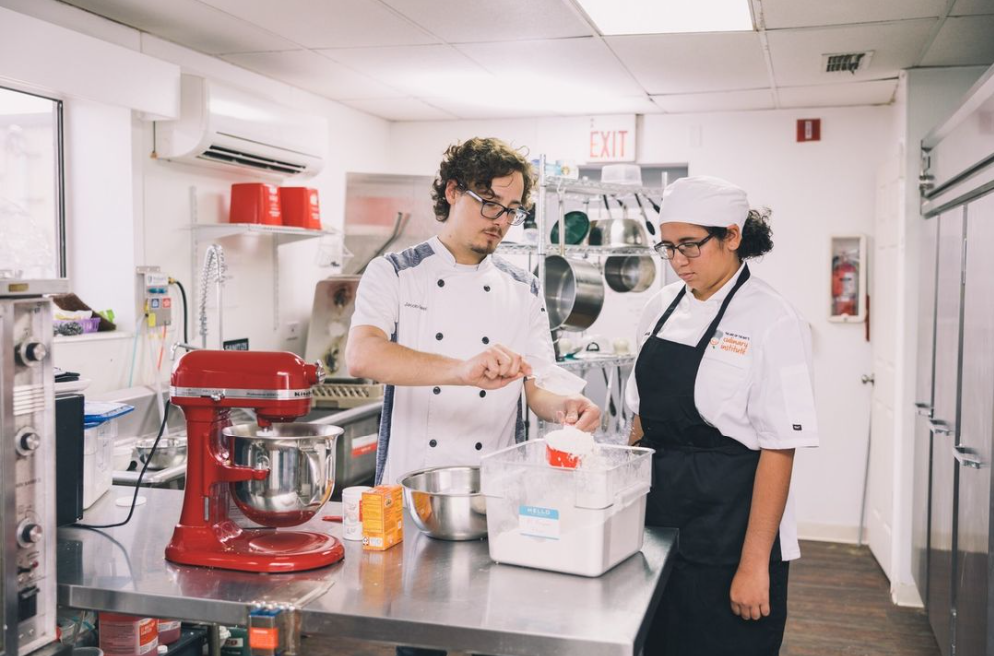When it comes to discussions of environmental justice issues at seminars and other such events, it is typically all-white audiences with all-white panelists doing the talking.
The People Power Environmental Justice and Energy Symposium wants to change that. Those speaking and those attending will discuss how people in under-served communities with pollution, toxic chemicals, and barren brownfields can mobilize. Brownfields are former industrial or commercial sites where environmental contamination affects future use.
“What I felt would be impactful would be if people who attend it are coming from these front-line communities, predominantly people of color,” said organizer Walter L. Smith II, an environmental engineer and environmental activist. “We are looking at a situation where they need to see somebody who looks like them. As an environmental engineer, I rarely see people who look like me, black, yet we do exist. We need to continue to push that point.”
The symposium takes place Friday, the 52nd anniversary of Earth Day, from 9 a.m. to 3 p.m. at the Reed at ENCORE senior apartment complex at 1240 Ray Charles Blvd. in Tampa. All are welcome and the event is free.

Environmental justice issues in Tampa Bay
“We are going to discuss the state of the community, that is, look at the community and where we are, what do we know right now,” Smith said. “We know we have an issue. We are front-line communities.” He is mainly speaking about communities with little resources that were historically stigmatized through red-lining. “If people can’t buy homes because banks won’t lend to them, they cannot create generational wealth and their situations never improve,” he added.
“When people talk about affordable housing, well, what is affordable to one is not affordable to another,” he said. Communities in West Tampa and some in East Tampa have the same or worse contamination issues than they did when people first moved into those areas, Smith went on. “These people have been beaten down for so long, from Jim Crow, right on down, and made to feel they are subhuman.”
People are the resource to make changes, he said. “The person is the resource.”
Under-served communities often sit near toxic waste dumps or toxic waste generators, are on low land prone to flooding, even without sea-level rise, and those communities often have sewage and water issues.
Related: Affordable Homes Coming to East Tampa
“We are going to talk about brownfield redevelopment and how to apply them,” Smith said, referring to previously developed sites that sit barren, in need of cleanup, though rarely toxic. “We are going to talk about the importance of both community reinvestment plans and community redevelopment plans. We will look at the issue of public health and energy burdens.”
“In public housing, you don’t pay your utilities, you get evicted,” Smith said. He said he wants under-served communities to have the tools to empower themselves.
Right now, he said, developers are selling 1,500-square-foot homes for $500,000. “People can’t even afford apartment rent.”
A different way to celebrate Earth Day
When people want to celebrate Earth Day or commemorate it, there are important choices to make, Smith said.
“Environmental organizations have to take an internal look at priorities,” said Smith, himself a member of the Sierra Club. “Most are celebrating the polar bears and nice birds, but there are people out there right now are trying to figure out why children have to walk through fecal material to get to school or deal with rats and mold, urban heat islands, how to pay utility bills.”
Those who care about the environment need to “get real,” Smith said.
“Go birdwatching or literally go on a toxic bus tour to find out what the hell is going on in these communities where these environmental impacts are happening. How is it you choose to go birdwatching and say you don’t understand why we can’t make that connection? Because you haven’t been there,” He said, referring to areas facing major health problems and environment justice issues.
Related: Housing and Education Are Top Priorities for St. Pete Residents
“It is easier to protest against baby seals being clubbed to death, and that hurts me, too, but guess what? There are children that have respiratory issues and can’t breathe properly. We are not focused in on the right things.”
Smith set up the symposium in coordination with Urban Progress Alliance, Sierra Club, Tampa Bay Disaster Resiliency Initiative, Blaq Earth, CHISPA, a Hispanic organization backed by the League of Women Voters, and Boricuas de Corazon, an organization that deals with disaster relief, among others.











